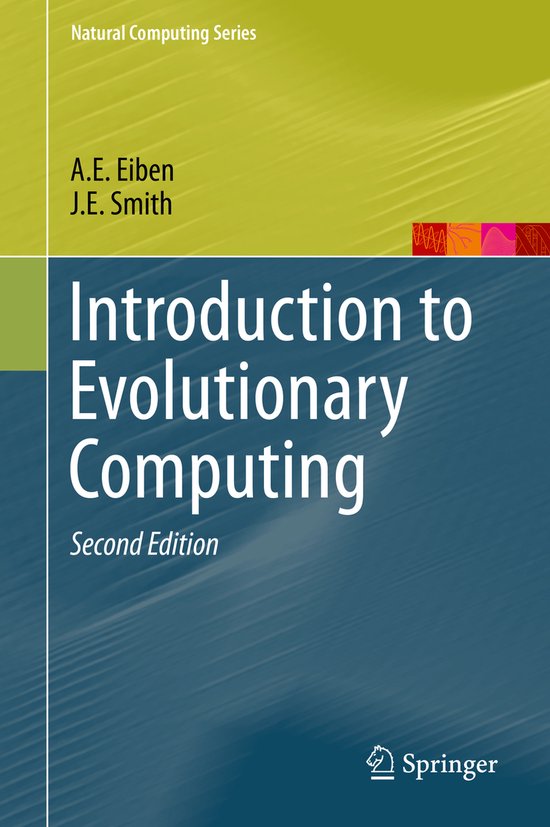Introduction to Evolutionary Computing
Maak tweedehands je eerste keus
- Alle boeken zijn met de hand gecontroleerd
- 30 dagen retourgarantie
- Gratis verzending vanaf 4 boeken of 40 euro
- Op werkdagen voor 15:00 besteld, dezelfde dag verzonden
nog 1 op voorraad
36,90

Introduction to Evolutionary Computing
Echt gebruikt
ISBN
9783662448731
Bindwijze
Hardcover
Taal
Engels
Auteur
Uitgeverij
Springer-Verlag Berlin and Heidelberg GmbH & Co. K
Jaar van uitgifte
2015
Aantal pagina’s
280
Waar gaat het over?
Lees verder
Recensies
